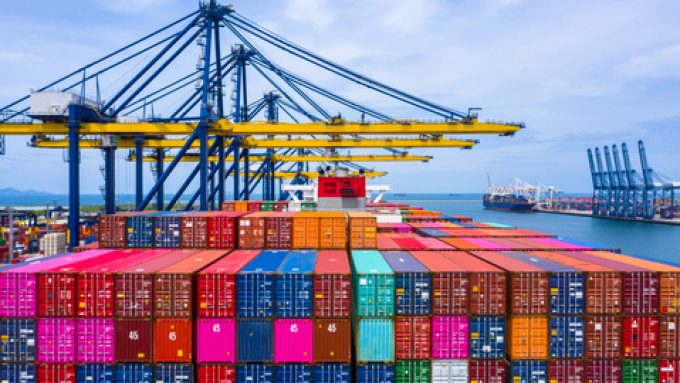M&A speculation swirls as EV Cargo unveils 'robust financial position'
EV Cargo has published improved financial results – but has remained tight-lipped about increasingly loud ...

Singamas, the world’s fourth-largest container manufacturer, is to target more revenue from leasing, rather than box sales, as liner operators seek more flexibility with inventory amid a tonnage overhang and economic uncertainties.
Hong Kong-listed Singamas made the announcement yesterday, as it reported net profit in 2023 had tumbled 60% year on year, to $22.49m.
With the average selling price of a 20ft container falling to $2,075 from $2,836 in 2022, and weaker demand driving sales volumes down to to 106,000 teu, from ...
Outlook for container shipping 'more uncertain now than at the onset of Covid'
Teamsters union vows UPS will be 'in for a hell of a fight' over jobs cull
Shippers warned: don't under-value US exports to avoid tariffs – 'CBP will catch you'
Cancelled voyages take the sting out of spot rate declines this week
New Houthi warning to shipping as rebel group targets specific companies
K+N CEO unveils impact of US import tariffs on China-origin goods
Blanked sailings in response to falling demand 'just a stop-gap solution'
More pressure on transpacific rates as carriers bet on a China-US trade deal
CMA CGM to reflag box ship as the French carrier eyes growing Indian market
Boeing looks to resell up to 50 aircraft rejected by Chinese buyers
'Strong start' to 2025, despite market uncertainty, says Kuehne + Nagel
US Customs chaos means 'more downside risk than upside potential' for air cargo
Taiwan ministries act to mitigate effect of trade war on agriculture exports
Wan Hai joins box shipping 'arms race', but avoids Chinese yards for newbuilds
MOL signs up with Climeworks for direct air carbon capture and storage

Comment on this article